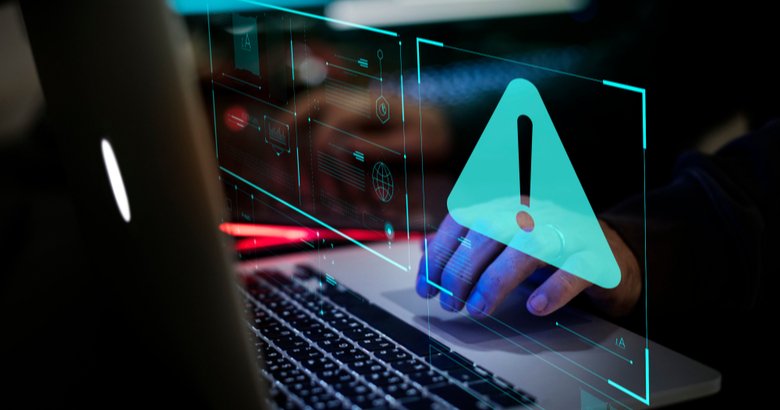July 5, 2021
Fraud has touched nearly every area of business – from data breaches that affect end customers’ privacy rights and payment security, to ransom attacks that demand vast sums of money from organizations. When not dealt with proactively, fraud can affect companies’ bottom lines by pulling resources from the core business and priorities, damaging brand reputation, and squandering profits. In extreme cases, it can even cost human lives.
In the past, fraud prevention efforts lagged behind the incredible speed with which fraudsters acted. Fraudsters were – and still are – a constantly moving target. But investigators were slow, cross-referencing data and findings manually, which was a heavy time and resource-consuming undertaking. It also meant a fragmented approach. Investigators couldn’t generate deep analytics in real-time, monitor activity in all corners of the web, and act fast.
Most investigations had a starting and an ending point whereas fraudsters never stopped. Their efforts were ongoing, snowballing into a global contagion. Attackers and fraudsters exploited investigators’ and cybersecurity teams’ inefficiencies and continued to evolve the sophistication of their methods to levels never seen before.
Then came Covid-19 bringing with it remote work, distance learning, and home isolations. The new normal rendered individuals and organizations exponentially more vulnerable to cyberattacks, creating a field day for cybercriminals. Fraudulent activity became a lot more complex to detect on time and prevent before it took a toll on business.
Fortunately, at the same time, AI and automation technologies have made great strides, especially in the field of fraud prevention.
New fraud detection technologies
New fraud detection and prevention technologies leverage a comprehensive approach by combining AI, machine learning, automation, predictive analytics and more, to identify new schemes and combat fraud. They rely on real-time monitoring and use ahead-of-the-curve decision models. They can process and categorize big data into meaningful categories, learn from complex patterns, and identify abnormalities. These technologies look into all types of activity on the surface, deep, and dark web to achieve a holistic view of fraudster activity.
Cobwebs web intelligence and web investigation platform helps fraud investigations by collecting information and identifying connections to map fraud networks. It verifies customer identities – as in the case of financial institutions – to make sure the customer is who they say they are and that there are no synthetic or fake identities involved. Through fraudulent document detection, it helps with KYC compliance.
Cobwebs platform continually monitors the darknet to identify questionable customer identities, leaked data, suspicious services, or other threats. It uncovers and analyzes fraud networks in order to identify potential or active threats to organizations. Without setting foot on the ground, it helps trace the whereabouts of lost assets, through machine-learning-powered image analysis, geolocation analysis, optical character recognition, and more. It alerts users in real-time, saving critical time, significant effort, and potential losses.
The powerful Cobwebs WEBINT platform can be used by organizations and businesses in all industries – from financial services to insurance and more – as well as national and local governments and law enforcement agencies.
Share:

Request a Demo
"*" indicates required fields